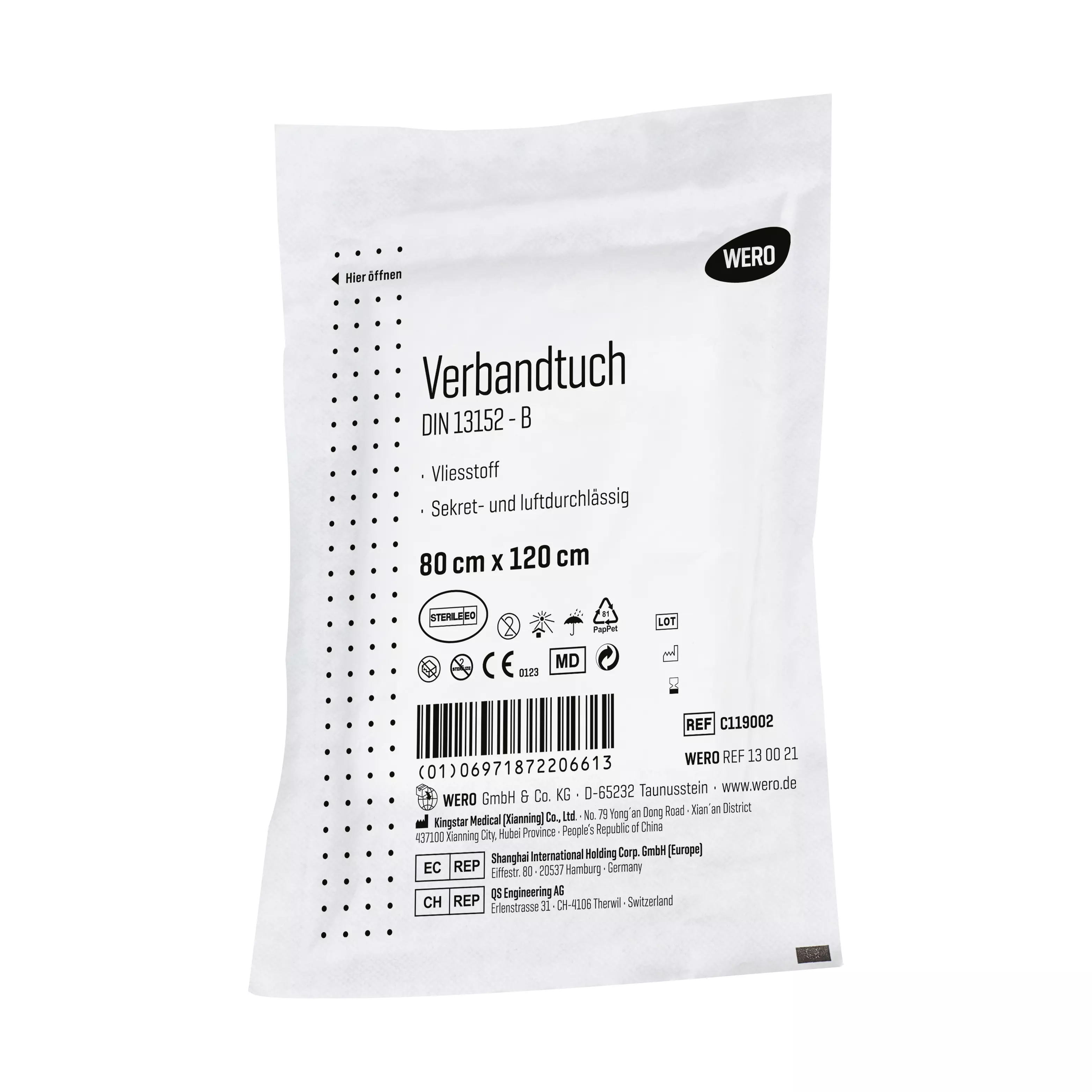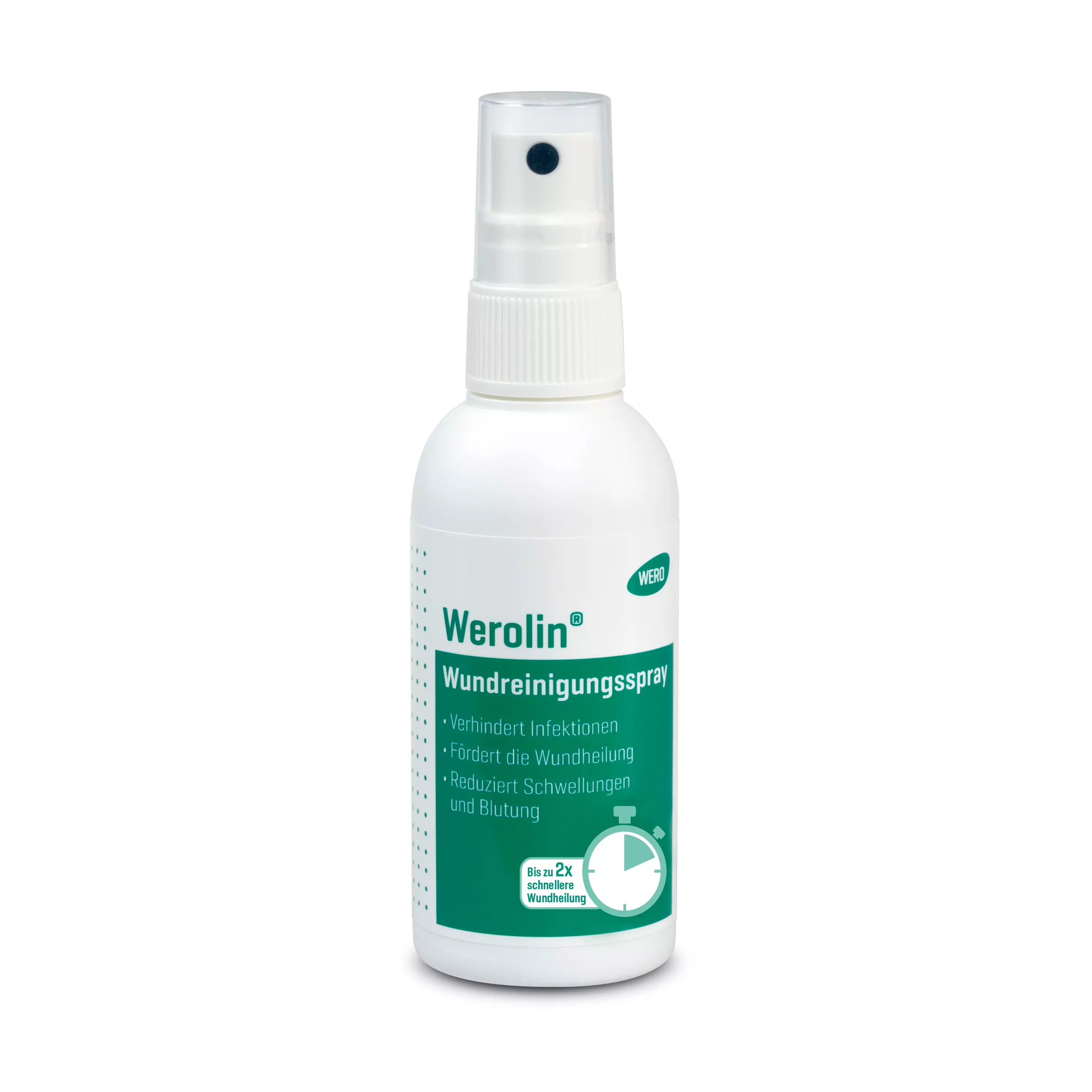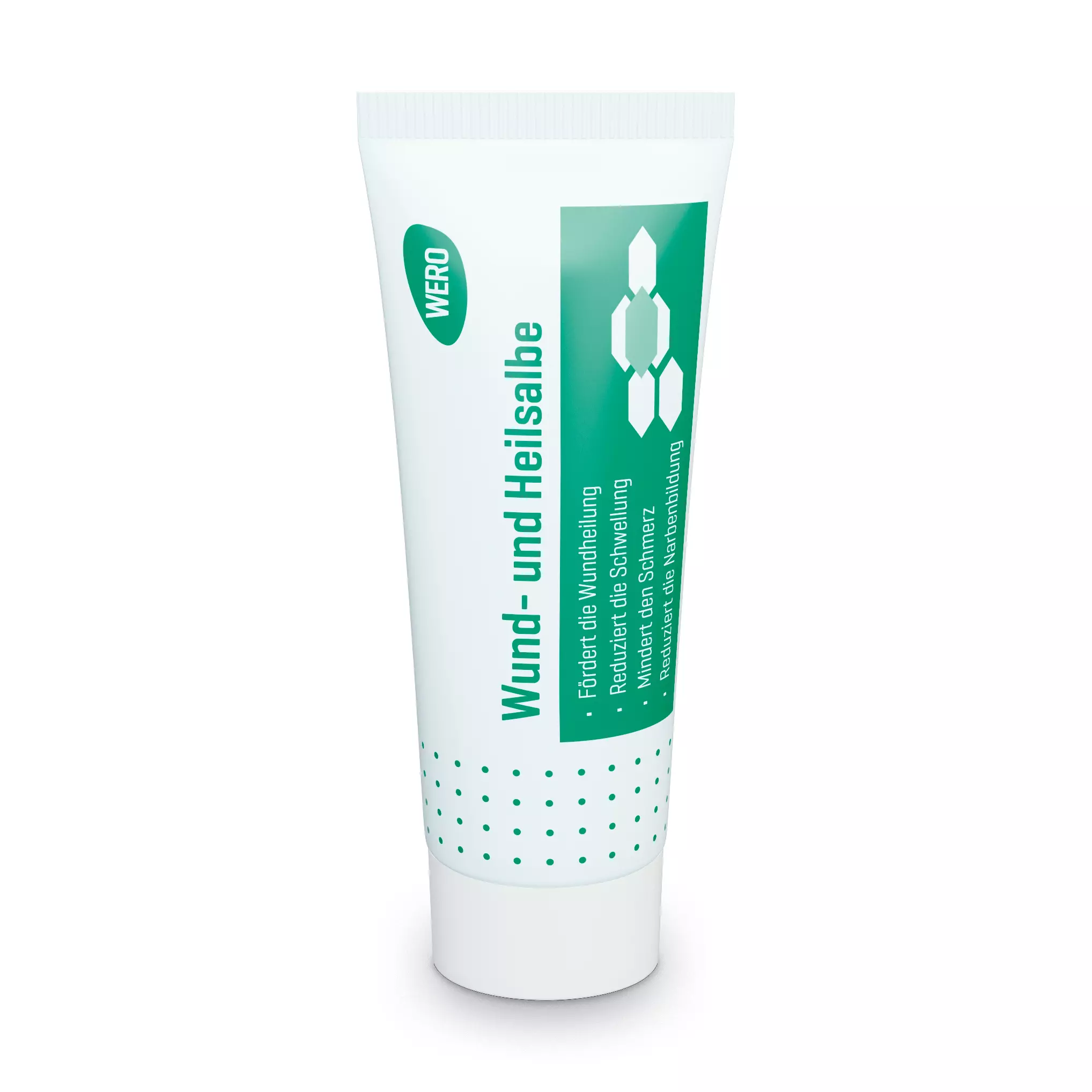Treating abrasions correctly
Cleaning, dressing, healing
Content: 20 piece (€2.78* / 1 piece)
Available, delivery time: 1-3 days
Content: 0.075 l (€144.67* / 1 l)
Available, delivery time: 1-3 days
Content: 0.02 kg (€362.00* / 1 kg)
Available, delivery time: 1-3 days
Abrasions - the traces of playground visits and cycle tours
An abrasion is a superficial wound where the skin has been damaged by abrasion. Abrasions are often the result of a fall. They usually affect elbows, knees, palms or the face. The harder and rougher the surface, the greater the degree of injury.
Depending on the depth of the wound, a distinction is made between three types:
- Injury to the top layer of skin (erosion)
- Injury to the middle layer of the skin (excoriation)
- Detachment of the dermis (avulsio)
Abrasions are usually among the less serious injuries - nevertheless, rapid wound treatment is also advisable here in order to avoid wound infections or a disturbed wound healing process.
How do I treat an abrasion correctly?
Firstly, the abrasion should be thoroughly cleaned to rinse out dirt and germs. This can be done either with water or ideally with an isotonic saline solution. Small stones or splinters should be removed with tweezers. The wound should then be treated with a wound cleansing spray. Three to four strokes are sufficient for smaller wounds of up to three centimetres.
For larger wounds, six to eight pumps should be applied. The wound cleansing spray prevents infection, cleans the wound painlessly and reduces bleeding and swelling. The wound must then be protected with a suitable wound dressing. A sterile dressing cloth enables pressure-free treatment of wounds without sticking and is permeable to secretions and air. It can be fixed in place with an adhesive plaster or bandage.
Why do abrasions ooze and burn?
Shortly after an abrasion occurs, wound secretions are produced, which appear as oozing from the wound. This causes bacteria to be washed out and antibodies to be washed in. The burning sensation of the wound is due to damaged nerve cells in the skin, especially in the case of larger, deeper abrasions.
When should a doctor be consulted?
You should see a doctor if...
- The abrasion does not stop bleeding
- The wound is heavily contaminated
- The wound is suppurating
- The affected person suffers from a circulatory disorder
- Increased temperature / fever occurs
How long does it take for an abrasion to heal?
Abrasions usually heal within two weeks. If the healing process is disturbed, for example by tearing off the scab, it can take longer.



